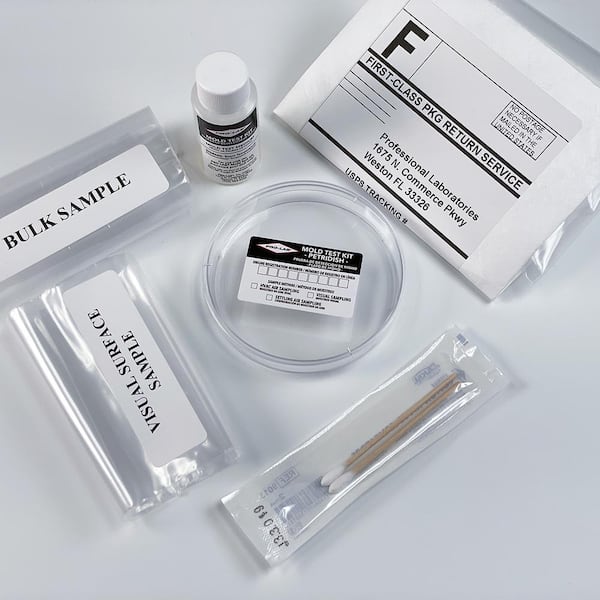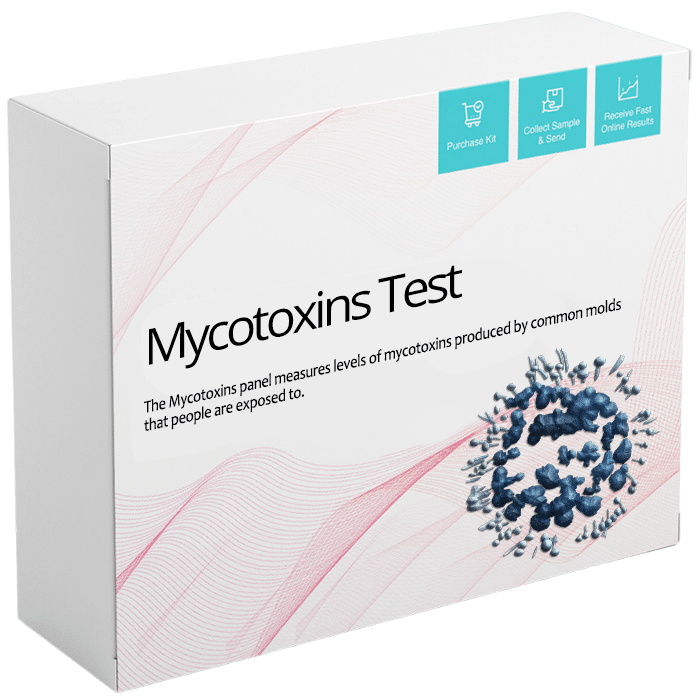Mycotoxin testing Services: A Key Part in Danger Monitoring Methods
Mycotoxin testing Services: A Key Part in Danger Monitoring Methods
Blog Article
Exactly How Mycotoxin Screening Helps Avoid Contamination and Guard Food Materials

Mycotoxin testing is an essential technique in the food sector, offering as a frontline protection against contamination by damaging contaminants created by molds. With the application of innovative methods like High-Performance Liquid Chromatography (HPLC) and Liquid Chromatography-Mass Spectrometry (LC-MS), food manufacturers can precisely quantify and detect mycotoxin levels in agricultural items.
Comprehending Mycotoxins
Understanding mycotoxins begins with acknowledging that they are harmful secondary metabolites produced by certain molds, which can infect agricultural products. These metabolites are not important for the growth or reproduction of the fungi but can have severe ramifications for animal and human health. Mycotoxins are typically located in staple crops such as corn, wheat, barley, and nuts, where they can proliferate under specific problems of wetness and temperature level.
There are numerous kinds of mycotoxins, each generated by different fungal types. Aflatoxins, produced by Aspergillus species, are amongst the most notorious, recognized for their carcinogenic homes. Another significant group includes ochratoxins, produced by Aspergillus and Penicillium varieties, which have nephrotoxic effects. Fusarium varieties produce fumonisins and trichothecenes, both of which are connected with various intense and persistent wellness issues.

Dangers of Mycotoxin Contamination
The dangers of mycotoxin contamination are diverse, presenting significant threats to both food safety and security and public wellness. Mycotoxins, hazardous substances created by specific kinds of fungi, can infect a vast array of farming products including cereals, nuts, flavors, dried fruits, and coffee. Once these toxic substances penetrate the food supply, they can result in major health and wellness concerns such as liver damage, kidney failing, and also cancer. Vulnerable populaces, consisting of children, the senior, and immunocompromised people, are specifically in danger.
Financial influences are an additional significant worry. Infected crops can result in significant financial losses for farmers and food producers due to decreased returns and the need for expensive purification steps. Furthermore, global trade can be significantly hindered as countries apply stringent mycotoxin laws to secure their populations, causing declined deliveries and stretched profession connections.
Environmental elements such as climate adjustment intensify the risk of mycotoxin contamination. Variants in temperature level and humidity can develop positive conditions for fungal growth, enhancing the possibility of contamination events. Hence, understanding and reducing these risks are important for guaranteeing the security and honesty of international food supplies.
Methods of Mycotoxin Examining
Precisely recognizing mycotoxin contamination in farming products is vital for safeguarding public health and preserving food safety criteria. Various methods are employed to detect and measure mycotoxins, each offering details advantages and limitations.
High-Performance Liquid Chromatography (HPLC) is a widely utilized technique due to its high level of sensitivity and precision. It involves separating mycotoxins from various other substances in a sample, enabling exact metrology. Liquid Chromatography-Mass Spectrometry (LC-MS) combines fluid chromatography with mass spectrometry to offer thorough molecular information, making it especially valuable for recognizing numerous mycotoxins concurrently.

Gas Chromatography-Mass Spectrometry (GC-MS) and Thin-Layer Chromatography (TENDER LOVING CARE) are likewise employed, each with one-of-a-kind applications. GC-MS is reliable for unstable mycotoxins, while TLC supplies an easier, cost-effective option for initial testing.
Benefits of Routine Examining
Regular testing for mycotoxins in agricultural products supplies countless advantages, considerably adding to public health and wellness and food safety and security. By recognizing contamination early, normal testing helps stop the distribution of poisonous foods, consequently lowering the threat of mycotoxin-related ailments among customers. This positive strategy not only safeguards human wellness but additionally improves the general quality of food materials.
Various nations and regions have developed rigid restrictions for mycotoxin degrees in food and feed. Sticking to these restrictions via routine screening makes sure that producers and distributors fulfill lawful requirements, thus staying clear of penalties and trade obstacles.
Additionally, routine mycotoxin testing can lead to significant financial advantages. Early detection of contamination allows for prompt treatment, minimizing potential losses from widespread contamination. Carrying out routine testing protocols can likewise decrease recall expenses and related obligations, which can be monetarily ruining.
Furthermore, regular testing gives valuable data that can notify far better agricultural practices and storage space conditions. By recognizing patterns of contamination, manufacturers can adopt preventive procedures, consequently minimizing future dangers and contributing to the sustainability of the food supply chain.
Executing Checking Protocols
Carrying out reliable mycotoxin testing methods is essential for guaranteeing the safety and security and high quality of agricultural products. Establishing a durable testing framework entails numerous crucial steps, starting with the recognition of potential contamination points within the production and supply chain. This consists of pre-harvest, post-harvest, storage space, and visit this website distribution phases. Each stage must be scrutinized to identify where mycotoxin contamination is more than likely to occur.
As soon as essential control points are identified, picking suitable screening techniques is vital. Typical techniques include enzyme-linked immunosorbent assay (ELISA), high-performance fluid chromatography (HPLC), and mass spectrometry (MS) Each approach has its strengths and weaknesses; thus, picking the proper one depends upon the particular mycotoxin being tested, the needed sensitivity, and readily available resources.

Lastly, integrating the screening protocols right into an extensive food safety administration system is suggested. This improves traceability and allows quick rehabilitative activities when contamination is discovered, consequently protecting the integrity of the food supply chain.
Final Thought
Mycotoxin screening is important in protecting against contamination and safeguarding food supplies by enabling early discovery of hazardous toxic substances created by mold and mildews in farming items. Advanced approaches such as HPLC and LC-MS guarantee conformity with security regulations and shield consumers from health and wellness dangers. Normal testing improves brand credibility, economic security, and rely on food security by decreasing contamination-related losses and preserving high criteria in food production. Carrying out rigorous testing procedures is hence crucial for the industry's general wellness.
Mycotoxin testing is an important technique in the food sector, offering as a frontline defense against contamination by unsafe toxins produced by mold and mildews. An incorporated approach entailing agricultural techniques, see page storage space administration, and normal testing can reduce the risks linked with mycotoxin contamination, guaranteeing food security and public health and wellness.
The dangers of mycotoxin contamination are multifaceted, positioning substantial threats to both food safety and security and public wellness.Regular screening for mycotoxins in agricultural products uses countless benefits, dramatically contributing to public health and food security.Mycotoxin testing is necessary in stopping contamination and securing food materials by making it possible for early detection of damaging toxins created by molds in farming products.
Report this page